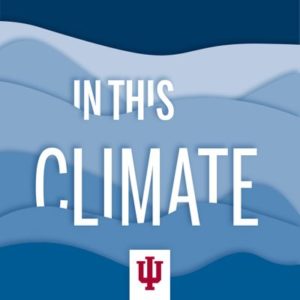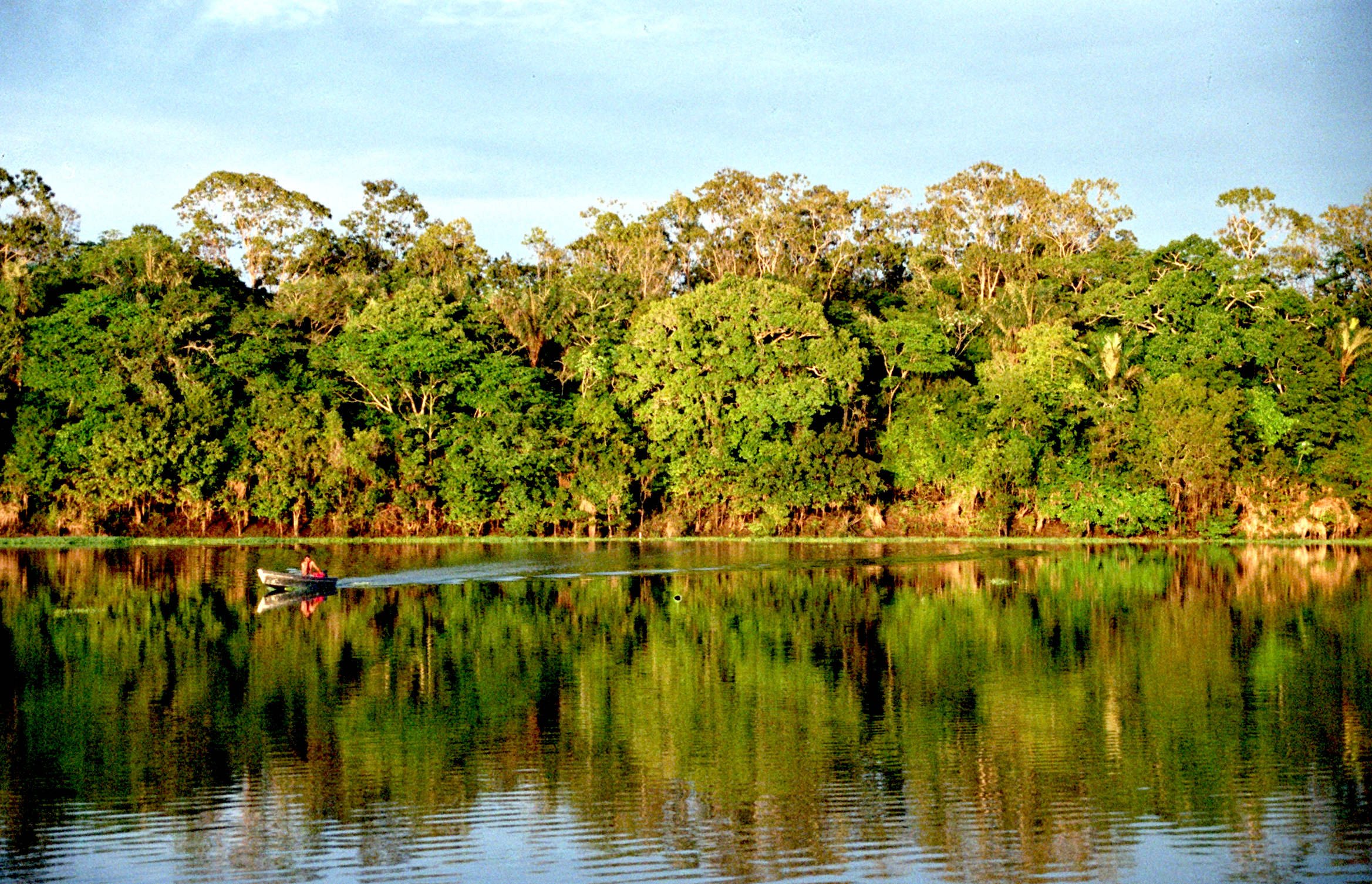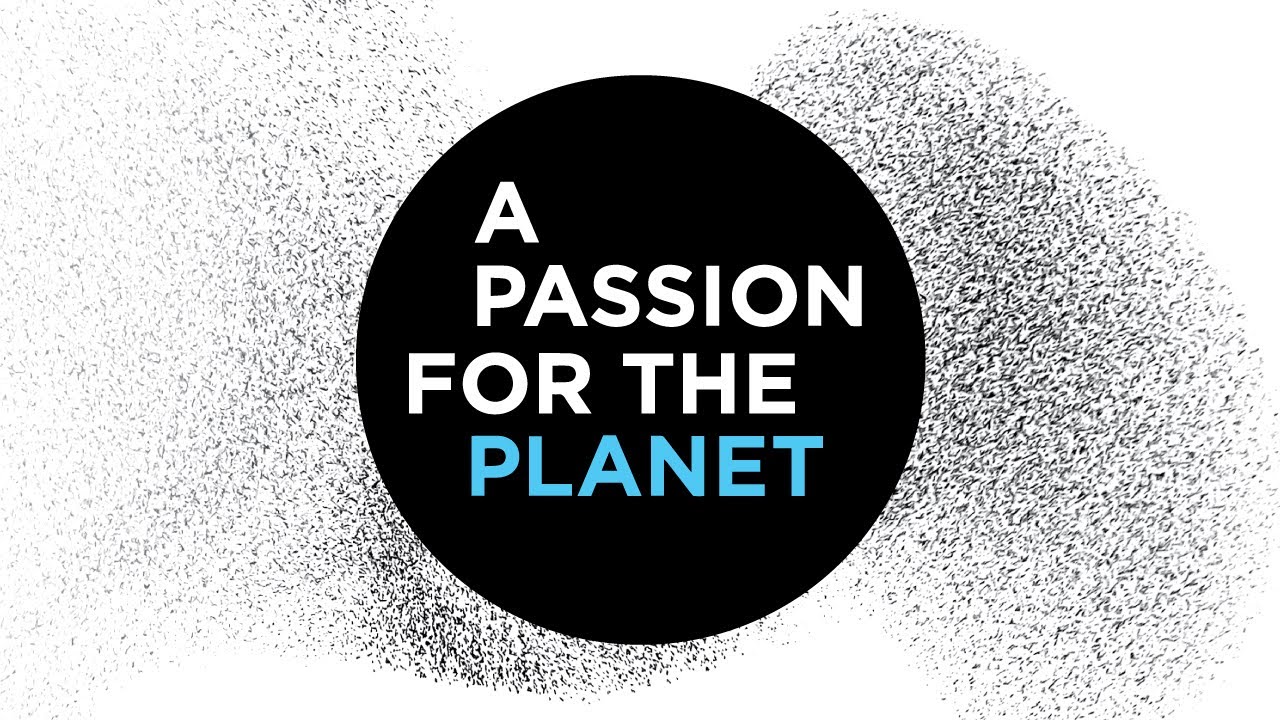by Alissa Simon
Two of my favorite travel destinations are on the critically endangered list: the Amazon and the Great Barrier Reef. Both places left a profound effect on me and yet, I have never written much about them. This thought astonishes me and, in hindsight, is rather appalling. At first, I guess I thought that it would be elitist to write about places that I have been fortunate enough to visit. Yet, in The Meaning of Travel, Emily Thomas questions this notion. She suggests that not writing about my experience among disappearing landscapes might actually place them more at risk.
 In a chapter titled “The Ethics of Doom Tourism”, Thomas explains that tourists might be drawn to vanishing destinations simply because of the label. In other words, people want to see glaciers, or the Great Barrier Reef, or the Amazon solely because of the endangered label. There is a school of thought which believes that this type of tourism will lend itself to tourist ambassadors, or people who return to speak of their experiences with the intent of changing humanity’s destructive patterns. Unfortunately, Thomas notes, it does not seem to be working (183). Instead, after a grand experience, people return to a regular life of consumption (for many reasons). This pattern, then, actually buys into and reinforces the doom narrative, rather than focusing on proactive measures toward change. Furthermore, many travelers have not been educated on the complex issues that affect such places, and likely do not understand the philosophy behind their actions. This is certainly true of myself.
In a chapter titled “The Ethics of Doom Tourism”, Thomas explains that tourists might be drawn to vanishing destinations simply because of the label. In other words, people want to see glaciers, or the Great Barrier Reef, or the Amazon solely because of the endangered label. There is a school of thought which believes that this type of tourism will lend itself to tourist ambassadors, or people who return to speak of their experiences with the intent of changing humanity’s destructive patterns. Unfortunately, Thomas notes, it does not seem to be working (183). Instead, after a grand experience, people return to a regular life of consumption (for many reasons). This pattern, then, actually buys into and reinforces the doom narrative, rather than focusing on proactive measures toward change. Furthermore, many travelers have not been educated on the complex issues that affect such places, and likely do not understand the philosophy behind their actions. This is certainly true of myself.
So, one struggle with the idea of travel ambassadors is that tourists go, experience, and then return home to regular lives. Along with that, rather than actually learning about the region, travelers often look but do not understand. Therefore, tourism is founded upon superficial experiences at best. Thomas mentions Antarctic travelers who return from the region without having learned anything about arctic animals (184). Tourists want a “glimpse” of the life, but not an understanding of it. And to be honest, understanding comes at the expense of time, energy, effort, and education, which may not be accessible to everyone. In my case, I understood only a portion of the problem, and I did not view myself as an active participant in any sort of discussion. However, I also brought a somewhat fixed notion of place home with me, as if what I witnessed and experienced is the way it always is. Now, however, I understand fluidity more keenly than I did at the time of my travels.
Next, the most obvious problem: tourists leave remains and footprints. Though the National Park message “Leave No Trace” has been popular for at least twenty years, many people may not fully understand the concept. At the Great Barrier Reef, for instance, our guide discussed ethical sunscreen brands because sunscreen can actually damage the reef and its inhabitants. I enjoy the knowledge provided by experts which includes (but is not limited to) authors, philosophers, historians, local artisans, and travel guides. These people guide us into their intimate spaces and we should pay attention to their teachings.
My trip to Ecuador offered a much more intense experience. Through the Iyarina Andes and Amazon Field School, I learned about the land, people, language, history and environment. In living with the community as student-tourists, we glimpsed a portion of the world very different from our own. Part of the school’s mission explains the school’s name: “The name of the station, ‘Iyarina,’ (ee-yah-ree-nah), is a Kichwa word that means to think by looking out at the land and remembering what has happened there; and from this remembering to envision the emerging future.” We traveled through the land with experienced guides. We learned elements of the language. We interacted with community members in order to understand their work, crafts, food and culture. This lifestyle definitely challenged my sense of the world in ways that have allowed me to ask more informed questions about land and community. I am grateful for the extensive education that this experience provided and continues to nourish.
After reading Thomas’s chapter on “Doom Tourism,” I began to question the way we write about travel in general. There are books about the experience of a summit, or the glacier’s edge, or man versus nature on some pristine and untouched wilderness. What about, however, a narration from the land’s historical perspective? What is the effect of man on the land? What does ethical travel look like? Or, what about understanding the land that we live on in a more intimate way?
In Landmarks, Robert Macfarlane writes about mountains. More specifically, he embodies the poet Nan Shepherd’s experience with the Cairngorms. Unlike explorers who sought peaks, Shepherd wandered aimlessly and without agenda. She looked for new bits and pieces of the land that raised her. This intimacy with the land was something she actively sought. It nourished her in a different way than those who fought summits and returned to city life. Macfarlane writes, “Knowledge is never figured in The Living Mountain as finite: a goal to be reached or a state to be attained” (71). Shepherd’s view of knowledge came with intimacy and observation, not perseverance and heights (though at times it arrives there as well). Macfarlane continues, “What Shepherd learns – and what her book taught me – is that the true mark of long acquaintance with a single place is a readiness to accept uncertainty: a contentment with the knowledge that you must not seek complete knowledge” (71). In other words, Shepherd’s book and her journey inspire a long-term curiosity which rises with knowledge of a place, rather than a goal-driven experience. This piece of advice seems instructive for our lives in general.
It may be that endangered lands should be reserved for knowledgeable visitors. Emily Thomas explains that exploration of disappearing spaces might be better cared for through educated views. Like the philosophy behind Iyarina, maybe one will see more if one understands the past, present and future of a space. Furthermore, one who knows what to look for can look more deeply and this deeper vision allows for a more meaningful connection. Thomas writes:
“The Earth has undergone cycles of warming and cooling throughout its history but there is scientific consensus that its recent, accelerated period of warming is our doing. Burning fossil fuels like oil and coal has released carbon dioxide and other gases into the atmosphere. Think of the atmosphere as a kind of blanket around the planet, trapping the sun’s heat. When the blanket gets thicker, less heat escapes, leading to a warmer Earth. Scientists estimate the planet is warming ten times faster than on its usual cooling-warming cycle (179) . …
“Just as the art critic and art historian are ‘well equipped’ to appreciate the beauty of art, the naturalist and ecologist are well equipped to appreciate the beauty of nature.
“If this argument is right, then learning about the geology or wildlife of Antarctica isn’t just worthwhile for Antarctica. Turning tourists into ambassadors is a benefit but not the only one. It’s also worthwhile for the tourists, because that knowledge will allow us to appreciate the continent’s beauty in new and enriched ways.” (186)
Thomas’s philosophy aligns very closely to my own ever-evolving ideas. More than making us fall in love with or seek the landscape of a particular region, we can fall in love with landscapes in general, with the idea of land. Furthermore, the philosophy that asks us to look at land simultaneously asks us to look at ourselves and our own preconceived notions. Travel literature too often remains in an overly superficial realm. I would much rather enter each day by questioning my own philosophy and have it be informed by a variety of landscapes (which includes my own backyard). But most crucially, we must question who we are, whether our actions are ethical, and what is our place on the Earth and beyond? As space travel becomes more than a topic of science fiction, we must seek to better understand ourselves on individual bases. On Earth, we are one species among many. What will we become in space?
What about, however, a narration from the land’s historical perspective? What is the effect of man on the land? What does ethical travel look like? Or, what about understanding the land that we live on in a more intimate way?
Emily Thomas’s book The Meaning of Travel masterfully blends many humanities fields together. Her research includes philosophy, history, fiction, geography, personal experience and more. In fact, her book provides a map for inclusive humanities. When combined with other disciplines and areas of research, the humanities provides necessary enrichment. Thomas gives the reader much to think about while also reminding us how minute and precious our presence on Earth really is.
Works Cited
Iyarina Field School. https://www.andes-fieldschool.org/about
Macfarlane, Robert. Landmarks. Penguin. 2016.
Thomas, Emily. The Meaning of Travel. Oxford University Press. 2020.
About the Author
Alissa Simon is a Tutor at Harrison Middleton University. Though she is interested in (and studies) all sorts of literature, she typically focuses on poetry and translation. When not reading and writing, she spends her time in the outdoors, rain or shine. Ms. Simon has previously contributed to Oh, the Humanities!, read her past story here: https://oth.thirdchapter.org/features/humanities-the-space-for-big-questions/.




 In a chapter titled “The Ethics of Doom Tourism”, Thomas explains that tourists might be drawn to vanishing destinations simply because of the label. In other words, people want to see glaciers, or the Great Barrier Reef, or the Amazon solely because of the endangered label. There is a school of thought which believes that this type of tourism will lend itself to tourist ambassadors, or people who return to speak of their experiences with the intent of changing humanity’s destructive patterns. Unfortunately, Thomas notes, it does not seem to be working (183). Instead, after a grand experience, people return to a regular life of consumption (for many reasons). This pattern, then, actually buys into and reinforces the doom narrative, rather than focusing on proactive measures toward change. Furthermore, many travelers have not been educated on the complex issues that affect such places, and likely do not understand the philosophy behind their actions. This is certainly true of myself.
In a chapter titled “The Ethics of Doom Tourism”, Thomas explains that tourists might be drawn to vanishing destinations simply because of the label. In other words, people want to see glaciers, or the Great Barrier Reef, or the Amazon solely because of the endangered label. There is a school of thought which believes that this type of tourism will lend itself to tourist ambassadors, or people who return to speak of their experiences with the intent of changing humanity’s destructive patterns. Unfortunately, Thomas notes, it does not seem to be working (183). Instead, after a grand experience, people return to a regular life of consumption (for many reasons). This pattern, then, actually buys into and reinforces the doom narrative, rather than focusing on proactive measures toward change. Furthermore, many travelers have not been educated on the complex issues that affect such places, and likely do not understand the philosophy behind their actions. This is certainly true of myself. 